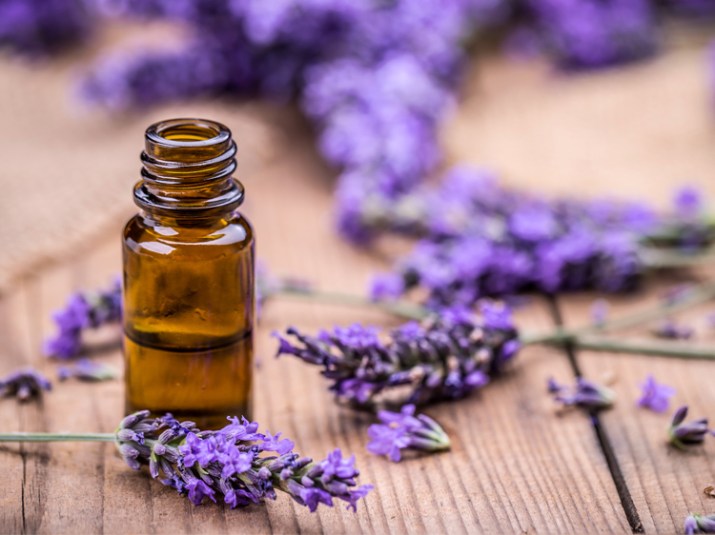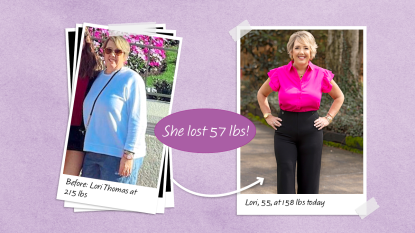How to Use Lavender Essential Oil

Lavender is by far one of the most popular essential oils out there, and it’s not just because it smells fantastic. From helping you sleep to refreshing your linens, lavender essential oil can turn a good day into a great one. The fabulous scent is just an added bonus!
What is lavender essential oil?
Essential oils are concentrated plant extracts that retain the natural smell and flavor of their source. These oils are usually created through mechanical pressing or distillation, and each one contains a unique blend of chemicals. Since essential oils are super concentrated, a large amount of plants are needed in order to make them.
In the case of lavender essential oil specifically, just one pound of lavender essential oil calls for 220 pounds of lavender flowers. It’s no wonder why lavender oils — and all other essential oils — are so potent in their pure form.
While pure lavender oil contains only lavender, blended essential oils can contain lavender as well as other plant-based oils to add more benefits or simply to enhance the scent. Some include other essential oils, some include a carrier oil, like almond or coconut, to dilute the lavender.
If you have an essential oil blend that’s already diluted, you need only test it on a patch of skin before following the instructions for best use on the label. But if you have a pure essential oil, you’ll need to dilute it yourself in order to protect your skin from irritation — and to ensure you receive the best possible benefits.
Lavender Essential Oil Uses and Benefits
Lavender essential oil has been used for centuries to promote relaxation and calmness. Several recent studies have suggested that lavender oil can also help improve sleep quality and serve as a natural remedy for insomnia. Considering aromatherapy in general might also improve sleep, it’s no wonder why so many people choose to get lavender benefits through aromatherapy.
Even more promising? According to Mayo Clinic, small studies suggest that aromatherapy with lavender essential oil specifically may be helpful for reducing pain in people who have osteoarthritis of the knee or kidney stones. It may also help improve the quality of life for folks who have dementia.
Aromatherapy through inhalation is a super popular way to use lavender essential oil. While you obviously don’t want to take a big whiff of the oil straight out of the bottle, you can dilute it for proper inhalation with water and an essential oil diffuser. (Psst: Here are a few of our favorite essential oil diffusers to use at home.) While different diffusers may vary slightly, most require you to simply fill the container with water, add a few drops of essential oil, and turn it on.
Another popular method of using lavender essential oil is topical aromatherapy. This involves putting the diluted lavender oil directly on your skin. If you’re the DIY type, you can dilute the lavender oil yourself with a carrier oil (check out this recipe for a homemade lavender massage oil). Or, to make things easier, you can also purchase a product that has already diluted the oil for you, such as these soothing lavender beauty products.
Health benefits aside, lavender essential oil can also give you a helping hand around the house. You can add a few drops of lavender oil to a DIY vodka cleaning solution and your kitchen countertops and windows will sparkle again. Additionally, cleaning experts say you can add one to two drops of lavender essential oil to your dryer sheets to freshen your laundry. You can also add one to two drops to a spray bottle with four ounces of water to help refresh your linens, pillows, and mattresses.
Did we mention your whole home will smell heavenly afterward?
More From Woman’s World
How to Save Money on Essential Oils the Right Way













